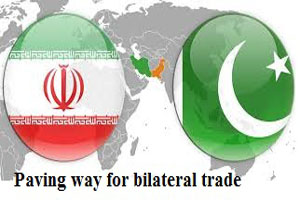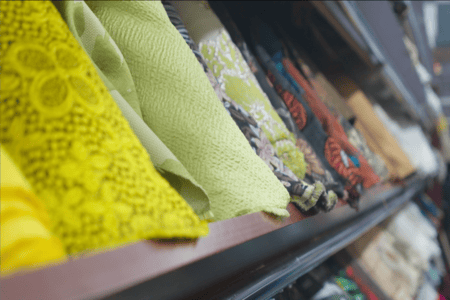
Pakistan mulling bilateral trade roadmap with Iran
YarnsandFibers News Bureau 2016-02-15 15:00:00 – IslamabadPakistan is mulling enforcing its five-year bilateral trade roadmap towards reviving trade relations with Iran, already envisaged with an ambitious target of $5 billion, up from the present $270 million. Pakistan now wants to expand and diversify its exports. The key potential trade areas Pakistan is eyeing are textile goods, rice, horticulture, sports goods, surgical equipment, information technology and construction material.
A senior Ministry of Commerce officer, directly involved in Iran-related issues said that post-sanction scenario means they could have a significant market waiting for them.
Pakistan now seeks diversification ranging from textiles to IT services. On the other hand, they could import petroleum products, electricity, leather, chemicals, fruits and vegetables from Iran.
He further said that the government had formulated a five-year bilateral trade roadmap which would facilitate the private sector. However, until the time formal banking channels are opened, an interim credible payment mechanism with Iran needs to be put in place by the State Bank of Pakistan (SBP) in consultation with the Central Bank of Iran (CBI).
At the same time, keeping in view the substantial potential existing for export of textiles from Pakistan to Iran, the Ministry of Commerce and TDAP are planning to hold a single country exhibition in Tehran, primarily on textiles, in the first half of 2016.
At the same time, Iran has conveyed its willingness to set up two additional crossing points at Gabd (Pakistan)-Reemdan (Iran) and Mand (Pakistan)–Pishin (Iran). At present, there is only one international crossing point on Pak-Iran border at Taftan (Pakistan) and Mirjaveh (Iran).
The Ministry of Commerce has conveyed its concurrence to the Ministry of Interior for opening the two crossing points.
The commerce ministry has also proposed that the Ministry of Finance be directed to post custom officials at the said posts.
Allowing barter trade for the border community is also under consideration. That will be one a good source of business for small traders on both sides of the border, added the official.
Establishment of banking channels will pave the way for bilateral trade.
But while the government is eager to move ahead with its roadmap and organising single-country exhibitions, the private sector is sceptical on the way forward.
Trade Development Authority of Pakistan (TDAP) Secretary Rabiya Javeri Agha said that they have not started official marketing for the single-country exhibition in Iran, but they are noticing a great level of interest in agro-based industries, fruits and vegetables exporters and footwear sector who want to participate in the exhibition.
Despite enormous trade potential, officials of TDAP – the country’s top body to promote exports – say the speed of progress in business and trade will only increase once the two countries settle down issues over banking channels.
The textile industry, which constitutes more than 50% of the country’s exports, believes Pakistan can increase its exports to Iran but it will require close coordination between the private and public sector.
Pakistan Readymade Garments Manufacturers & Exporters Association (PRGMEA) Central Chairman Shaikh Mohammad Shafiq reiterated that there is a ‘huge’ export potential in Iran.
Market Intelligence
Ask for free sample Report

experience
Customer Base
dedicated team
Countries Served Worldwide









